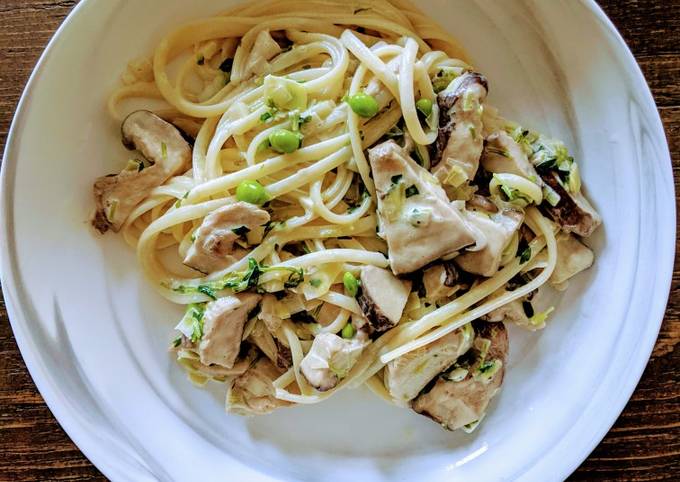Pea & Mushroom Pasta. Bestel hier Pure Pea capsules, palmitoylethanolamide. Eenvoudig en snel online kopen bij Vitaminesperpost.nl PE/Polyethyleen platen in diverse kleuren en diktes voor particulieren en bedrijven! Groothandelsprijzen voor particulieren! - Industriële top-kwaliteit & Strakke zaaglijnen.
 It is also used as a medicine.
Pulseless electrical activity (PEA) refers to cardiac arrest in which the electrocardiogram shows a heart rhythm that should produce a pulse, but does not.
Under normal circumstances, electrical activation of muscle cells precedes mechanical contraction of the heart (known as electromechanical coupling).
You can have Pea & Mushroom Pasta using 7 ingredients and 3 steps. Here is how you achieve that.
It is also used as a medicine.
Pulseless electrical activity (PEA) refers to cardiac arrest in which the electrocardiogram shows a heart rhythm that should produce a pulse, but does not.
Under normal circumstances, electrical activation of muscle cells precedes mechanical contraction of the heart (known as electromechanical coupling).
You can have Pea & Mushroom Pasta using 7 ingredients and 3 steps. Here is how you achieve that.
Ingredients of Pea & Mushroom Pasta
- Prepare 2.5 cup of Mushrooms.
- It's Handful of Fresh peas.
- It's 1/2 of leak.
- You need 1 bunch of Herbs.
- It's Half of a cup of cream.
- It's of Salt & black pepper.
- Prepare of Olive oil.
Palmitoylethanolamide (PEA) belong to endocannabinoid family, a group of fatty acid amides. PEA has been proven to have analgesic and anti-inflammatory activity and has been used in several controlled studies focused on the management of chronic pain among adult patients with different underlying clinical conditions. A pea is a most commonly green, occasionally golden yellow, or infrequently purple pod-shaped vegetable, widely grown as a cool-season vegetable crop. Phenethylamine is a chemical that is found naturally in the body.
Pea & Mushroom Pasta step by step
- Prepare the ingredients, and start boiling water for pasta..
- Fry on a pan for 10 minutes, then add cream. Meanwhile, cook the pasta..
- Mix the sauce with fresh pasta. Serve right away..
It can also be made in the laboratory. Phenethylamine is used for athletic performance, depression, weight loss, and to improve. PEA (palmitoylethanolamide) is a fatty acid amide molecule which has been shown to have anti-inflammatory properties, especially relating to neuropathic pain, and modulate immune system responses. It can be found in plant, human, and animal tissues. When the body experiences pain or inflammation, levels of endogenous PEA increase.